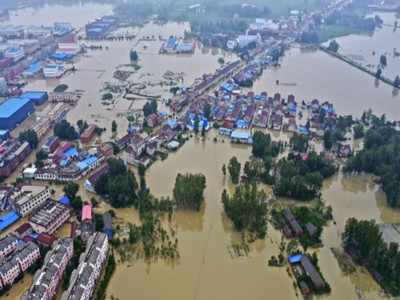Despite the overwhelming amount of support the state has received from sympathizers, the Bayelsa Non-governmental Organizations Forum (BANGOF) claims it has observed that a greater number of flood victims from 2022, which devastated about 80% of Bayelsa State, are left on their own to fend for themselves.
After closely observing the flood situation, its effects, and the government’s response, BANGOF in Yenagoa released a report in which it was noted that, with the exception of Yenagoa’s citizens, there were no designated government camps for people displaced in coastal areas.
The coalition of NGOs also noted in the report, which was signed by Dauseye Torki, the chairman of BANGOF’s Transition Committee, that those in charge of providing relief supplies and mitigating the effects of flooding at the federal and state levels are not always forthcoming about the sources of those supplies.
We visited numerous internally displaced person (IDP) camps, namely the OXBOW LAKE in Swali, Yenagoa, according to some of the claims. The only camp now receiving state care is the OXBOW LAKE camp, which houses roughly 3500 IDPs.
“It is the only camp where they prepare food for IDPs and offer mattresses, mats, and mosquito nets. Additionally, the government provided water, protection, including police and the Bayelsa Vigilante in this camp.
“In the meantime, the government has only offered medical care, water, and a minimal level of police presence at the Igbogene camp, which is home to roughly 550 IDPs.
IDPs in the Igbogene camp are supporting themselves with assistance from charitable people, organizations (NGOs), churches, etc. The state’s construction of the camp’s kitchen didn’t start until Monday, October 24.
There are a number of more IDP camps in Yenagoa and its surroundings. The mother and child camp near Bayelsa Palm Road, which houses over 62 IDPs, including infants, mothers, carers, and older children of recently delivered women, is one of the other sites that was visited.
We also went to St. John’s Catholic Church, the Igbogene IDP camp, which is home to over 300 IDPs, including women and children, and the Bozi Water IDP camp, which is home to over 350 IDPs. There is no government presence in any of these other camps, with the exception of the OXBOW LAKE and IGBOGENE CAMPS.
“They are self-funded, and they only manage to support themselves through group work and donations from good-hearted people. And we noticed that a growing proportion of victims are left to face this formidable obstacle alone.
“In the various localities and LGAs, there are no designated camps to support displaced people. The people in charge of providing relief supplies and mitigating the effects of flooding (BYSEMA, Flood Committee) are very tactful with the information they provide regarding the supplies they receive from the government and other people or organizations.
“By concentrating support for IDPs in just one or two locations in the state capital to the exclusion of victims in rural areas, the government is unintentionally fostering rural-urban mobility.”



